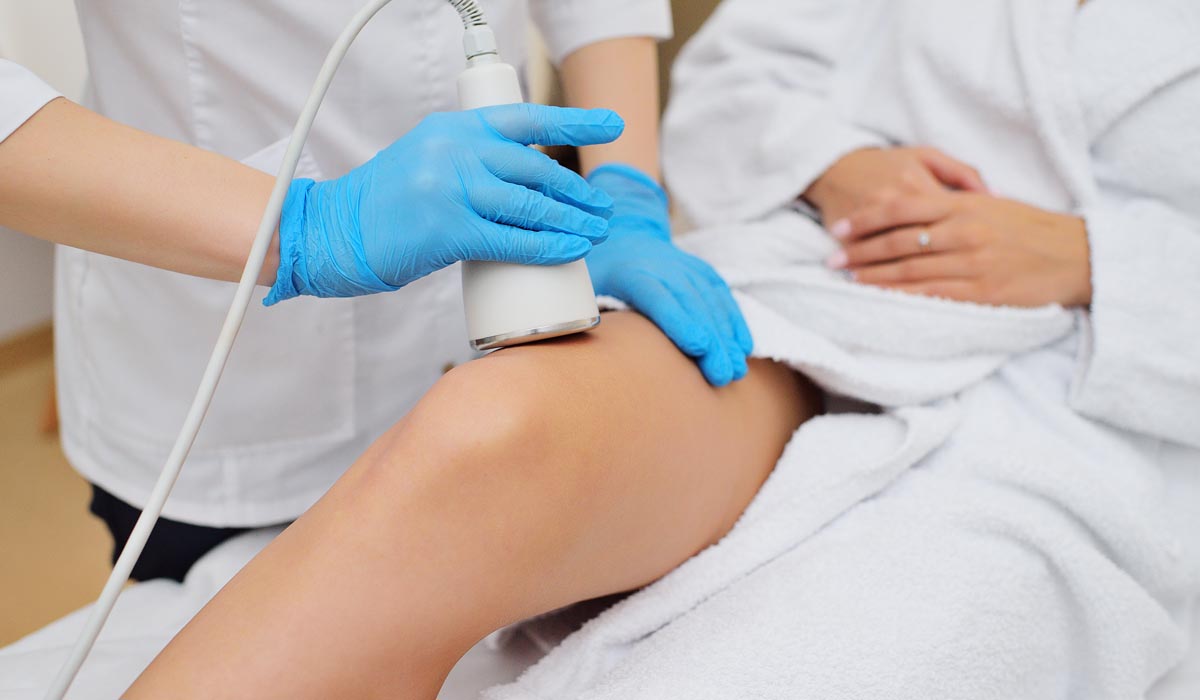✨Book online and enjoy a 5% discount on your first consultation
Home » Plastic Surgery Services » Lower Body Lift

Lower Body Lift
Lower body lift, also known as a belt lipectomy, is a surgical procedure that aims to reshape a patient’s buttocks, abdomen, thighs, and hips. Ted Lockwood developed this improvised high lateral tension tummy tuck procedure. It extends the tummy tuck slit entirely around the lower torso.
The procedure involves re-suspension of the anterior and lateral thighs. It gets combined with the initial tummy tuck advantages, focusing on the abdomen, buttocks, and upper thighs. The current concept expanded and added the medial thigh lift as well.
Possible Causes
The skin folds for which lower body lift is suggested are not just unappealing, but they can also cause other problems, such as:
Risk Factors
Some of the risks associated with lipectomy are:
Signs and Symptoms
When to choose lower body lift? Not everybody needs to consider a lower body lift. There are exceptional cases where a patient requires a lower body lift. Those cases could be:
Diagnosis
A typical diagnosis before belt lipectomy includes consultation and a clear idea about the results. Some lab tests may also be required before your treatment. Several weeks before the procedure, our doctor will likely advise you to stop using certain medications, such as blood thinners and some pain relievers.
Treatment Options at 7DMC
Lower body lift surgery doesn’t require any special initial preparation clinically. One can practice the requirements like following a proper diet easily at home. Following precautions are taken by our specialists on the day of surgery and in preparation for the patient:
As per our professionals, the patient doesn’t need to follow any such strict restrictions. Simple recovering medications and few precautions are enough. After the surgery, surgeons themselves suggest what sort of physical activities and food habits one needs to follow and avoid based on the patient’s current situation.
Every medical procedure comes with both advantages and drawbacks. Similarly, a lower body lift also has some pros and cons:
Pros:
Cons:
It may take 2 to 4 months for the incision to heal from both inside and outside. The puckering of the incisions gets smooth out over several months. However, the scar may remain wide and red anywhere from 6 months to 1 year after surgery.
Patients can lose anywhere between 50 to 100 pounds. Some have reportedly lost 150 pounds.
Near Dubai Miracle Garden,
Diamond Business centre A,
1st Floor,
Arjan, AI Barsha,
Dubai.
WhatsApp us